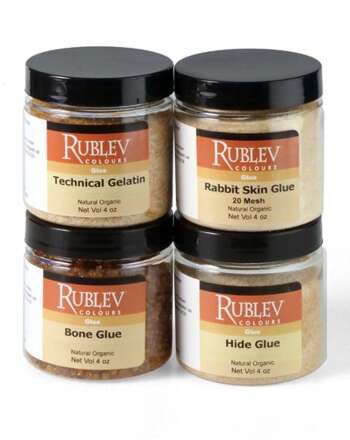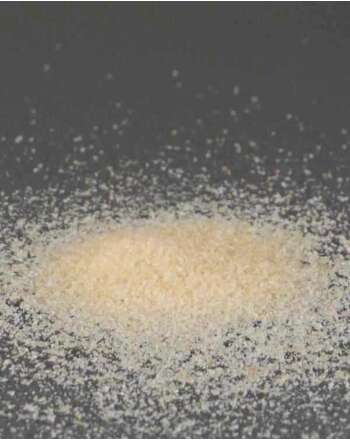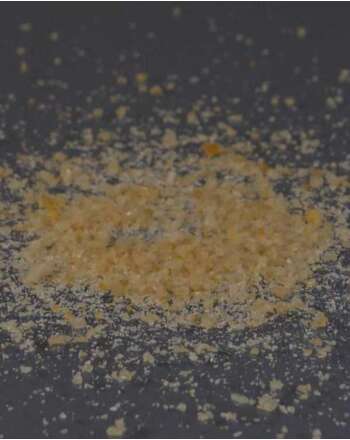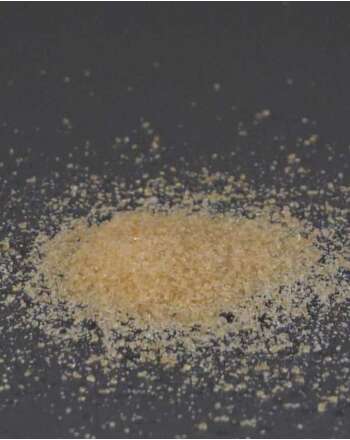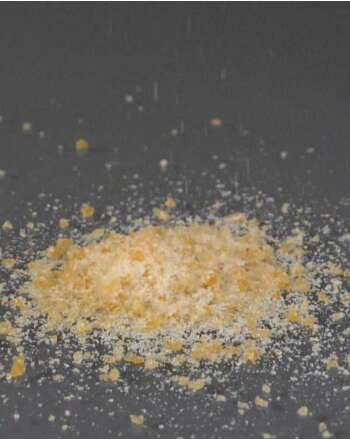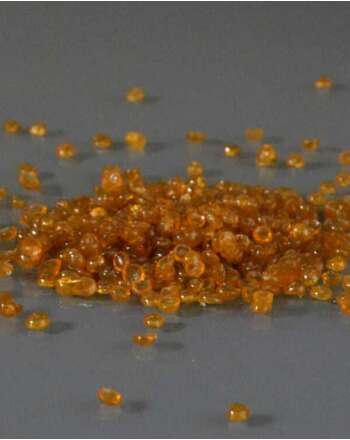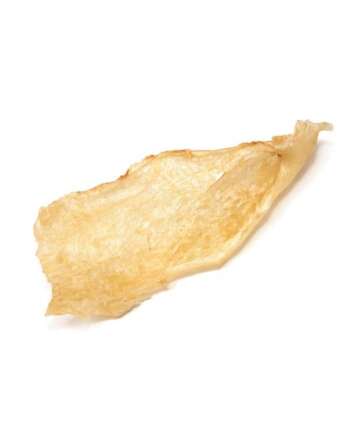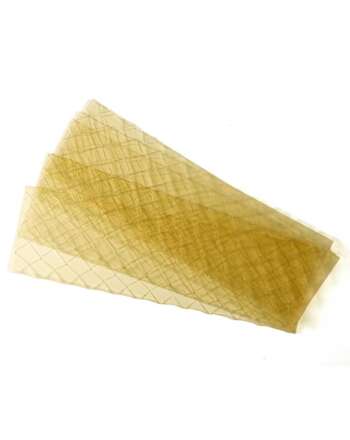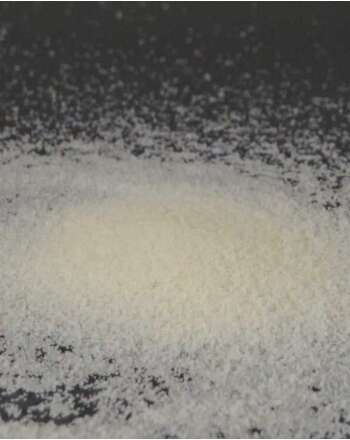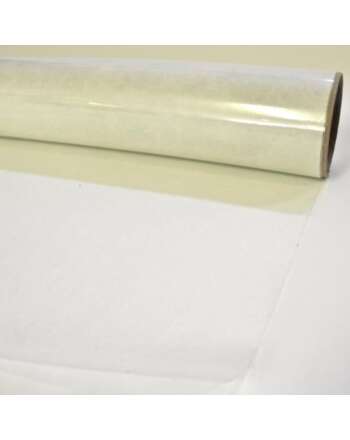Gesso is a type of primer or painting ground. The word 'gesso' is the Italian word for gypsum, a component of painting grounds on wood panels of medieval and Renaissance paintings. The primer is a base coat that creates the foundation for a painting. Formerly the word gesso defined grounds made with animal glue derived from parchment cuttings and gypsum or chalk. The contemporary use of the word 'gesso' refers to a primer or painting ground consisting of a white pigment, fillers, such as chalk, and a binder. Acrylic paint manufacturers promoted the use of the word gesso for their acrylic dispersion grounds. However, there is no gypsum in most acrylic grounds today, but manufacturers continue to use the term to designate their commercial acrylic primers. To distinguish traditional gesso made with animal glue and gypsum or chalk, we use the term 'glue ground' on this website. On this website, 'acrylic gesso' is called 'acrylic ground.'
Gessoes & Primers
Gesso and Primers—The First Stage of Painting
The ground is the painting layer that prepares a support for painting. The color and tone of the ground can affect the chromatic, and tonal values of the paint layers applied over it. The ground for flexible supports, such as stretched canvas, often differs from primers applied to rigid supports, such as wood panels. When the support is a panel, the ground is usually made of gesso, but when the support is canvas, the ground is usually made of paint layers, also called primer.
Natural Pigments makes a wide variety of gessoes and primers to prepare painting grounds for oil, tempera, and encaustic painting. Tempera Ground is a new ground made as an alternative to glue grounds. To learn how this ground compares to traditional glue grounds, please read this review of grounds for tempera painting.
For information on using and preparing grounds for painting, please refer to the extensive articles in the Grounds section of the Artist Materials Advisor blog.
Frequently Asked Questions
What is the difference between gesso and primer?
Do you need to prime with gesso?
Before painting — whether oil, acrylic, or tempera painting — it's important to prepare the surface upon which you're painting with a primer or ground. The purpose of the ground is two-fold: Provide a suitable surface to receive paint and obscure the support to provide a suitable tone or color for the painting.
What is a painting ground?
The ground is the layer used to prepare a support for painting. Its color and tone can affect the chromatic, and tonal values of the paint layers applied over it. When the support is a panel, the ground is usually made of gesso, but when the support is canvas, the ground is usually made of underlying paint layers, such as oil ground.
What is gesso or primer used for?
Gesso or primer prepares or primes the surface for painting, giving the surface the right amount of texture and absorbency and to accept paint. Without gesso or primer, the paint would penetrate the substrate, such as the weave of the canvas or grain of the wood. The word 'gesso' is a noun, but many artists use it as a verb.
Is priming necessary before painting?
A primer prepares the painting surface so that the paint adheres well to the substrate and the surface is suitable for painting — having the right amount of absorbency and texture.
How many coats of gesso or primer should I use?
Apply at least two coats of oil or alkyd grounds to supports such as wood, canvas, or ACM. Applying at least four coats on substrates is recommended with waterborne grounds, such as acrylic or other emulsion polymer grounds. For a smooth surface, lightly sand the ground with fine-grit sandpaper on the final coat — not between each ground layer. After sanding, wipe away loose particles with a lint-free dry cloth.
What is the difference between primer and regular paint?
The basic difference between paint and primers is besides containing white pigments and binders, primers usually contain extender pigments or fillers. Extender pigments are added not only to extend and reduce the cost of otherwise expensive white pigments but also to provide some degree of absorbency and a matte surface ideal for good paint adhesion. The primer's basic function is to provide a uniform surface to receive paint and improve the adhesion of the paint layers to the substrate.




